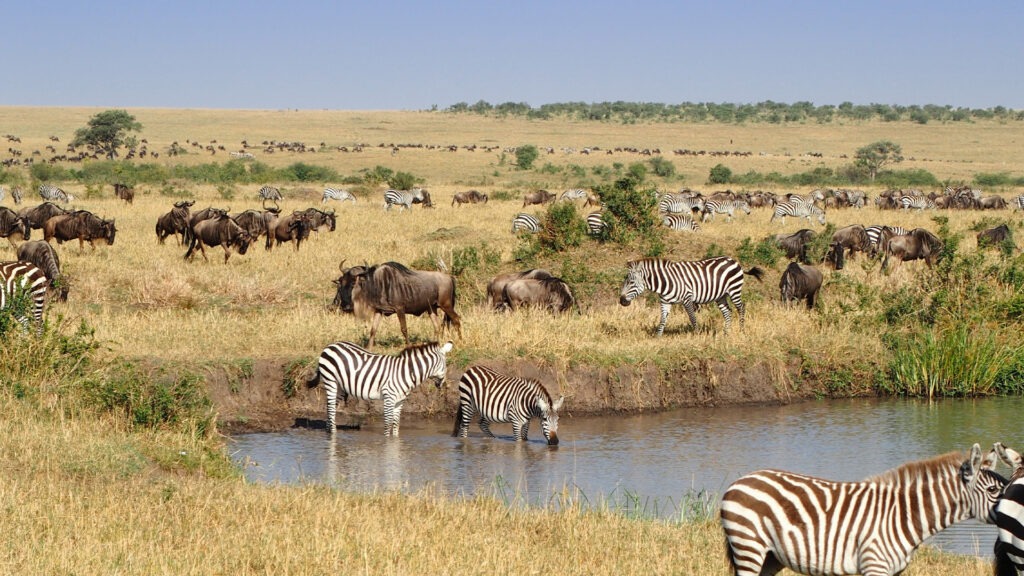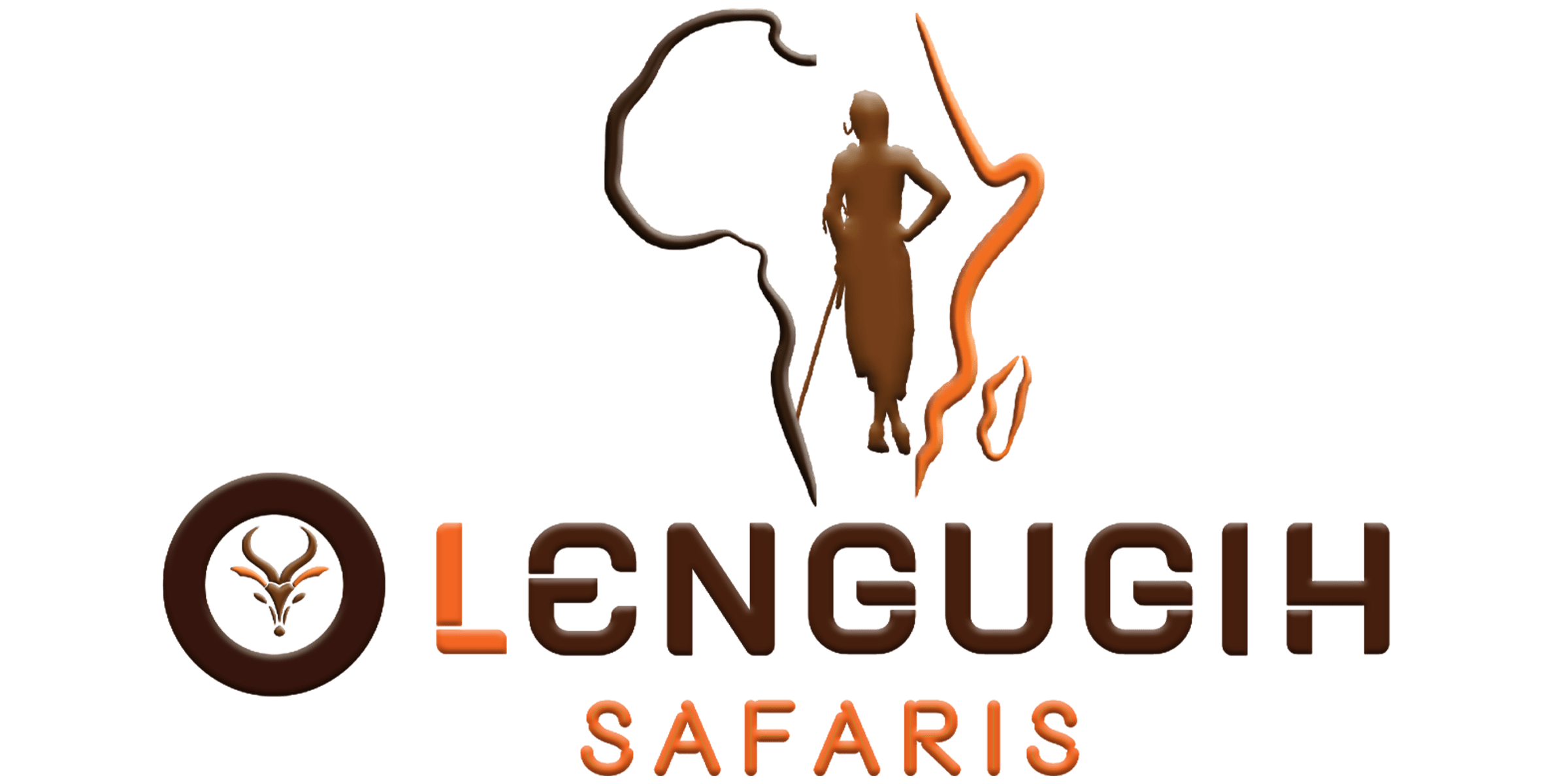
Overview
Ol Kinyei Conservancy’s footprint has doubled since its groundbreaking founding in 2005. Porini Safari Camps and Maasai individual landowners collaborated to build the reserve site.
At first, the conservancy had enough landowners to designate 8,000 acres as cattle-free zones. By designating livestock exclusion zones, the landowners helped to safeguard numerous virgin habitats and encourage the conservation of animals.
Community contribution
The conservancy receives critical funding from visitors, benefiting nearby towns and landowners. 90% of the employed staff at the conservancy are members of the nearby tribes, and landowners receive payment for leasing their property to guest campers.
Wildlife
The increased diversity of animals is one of the conservancy’s biggest advantages. The conservancy’s acreage set aside for conservation has facilitated the reestablishment and flourishing of the area’s native vegetation and other significant habitats.
Many mammalian, reptilian, avian and other species, including varied predators, have returned to the area.
Many other landowners have come to support the successful and effective wildlife management plan established with these first contributors.
Consequently, the reserve currently encompasses 17,500 acres in the northeastern Mara stretch, with Siana to the east and Naibosho to the west.
As part of Ol Kinyei’s low-density experiential best practices, the conservancy has two member accommodations, namely;
- Ol Kinyei Gamewatchers Adventure Camp
- Porini Mara Camp.
Entry Fees: Entry fees for the conservancy are reasonable, and the proceeds go towards conservation and community development.
Residents: The park entry fee for Kenyan residents is typically around KES 1,000 for adults and KES 500 for children. Prices may vary, so checking for the most up-to-date rates is advisable.
Non-Residents: Visitors from other countries can expect to pay a higher entrance fee, generally around USD 70 for adults and USD 35 for children. Again, these fees can change, so verifying current rates is recommended.
Best Time to Visit:
During the annual wildebeest migration from July to October. The views of the great herds crossing the Mara River annually are spectacular.
